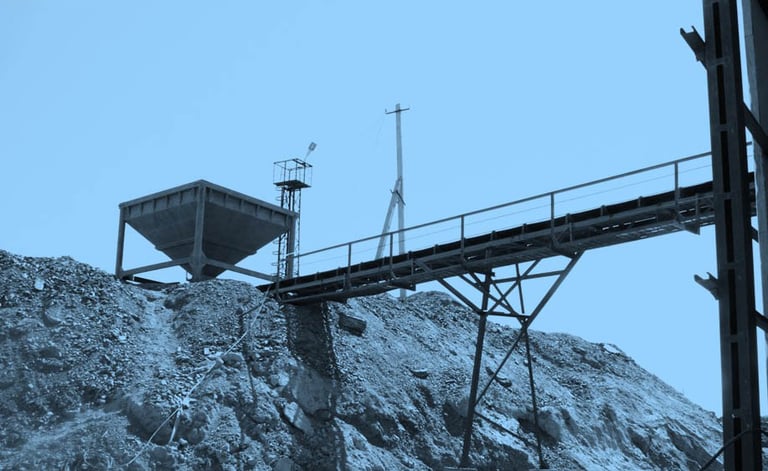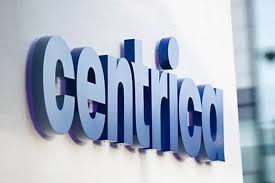Vanadium has long been valued for its role in strengthening steel, especially in construction and infrastructure. That industrial base remains strong, supported by global development and the continued use of vanadium alloys in high-stress applications.
Vanadium redox flow batteries, or VRFBs, are being developed and deployed to meet the growing need for grid-level energy storage. Unlike lithium-ion batteries, which dominate portable and automotive applications, VRFBs are built for stationary use. Their design allows for deep discharge and long cycle life without significant degradation, making them well-suited to storing and releasing power from intermittent renewable sources over multi-hour durations.
As utility-scale storage becomes a core part of grid planning, interest in VRFB technology has accelerated. Several battery developers are now scaling production capacity, while early deployment projects are validating performance in real-world conditions. For vanadium suppliers, this creates a new, potentially durable source of demand tied to infrastructure and regulated power markets.
Ferro-Alloy Resources Ltd (LON:FAR) is developing the giant Balasausqandiq vanadium deposit in Kyzylordinskaya oblast of southern Kazakhstan. The ore at this deposit is unlike that of nearly all other primary vanadium deposits and is capable of being treated by a much lower cost process.







































